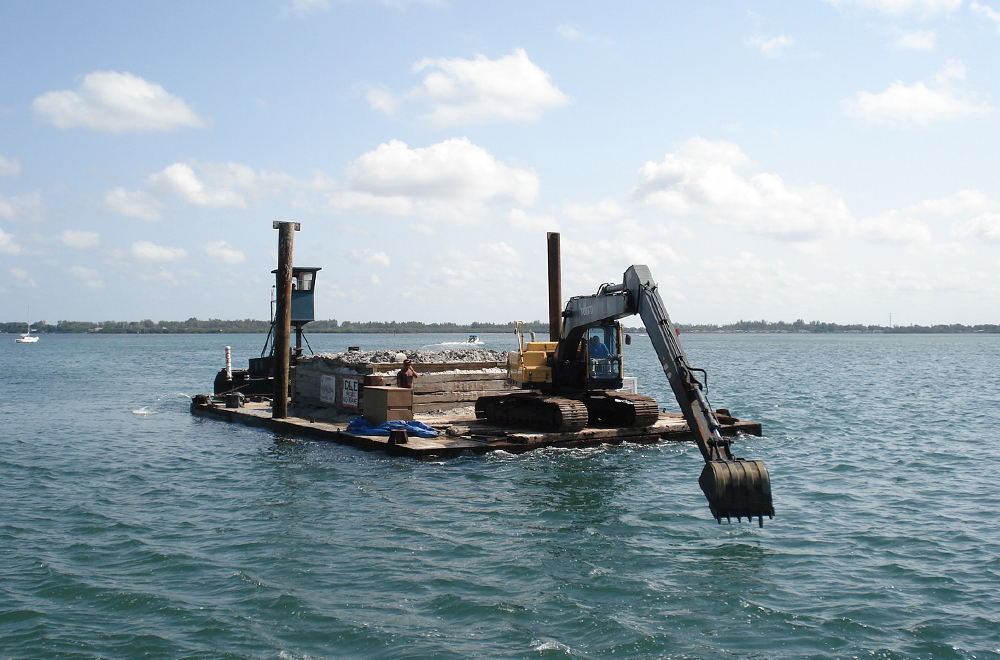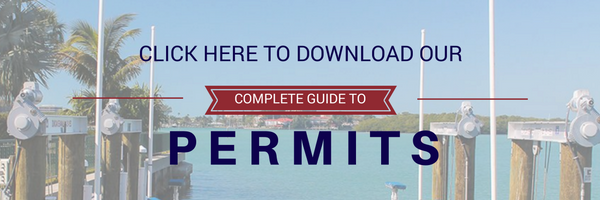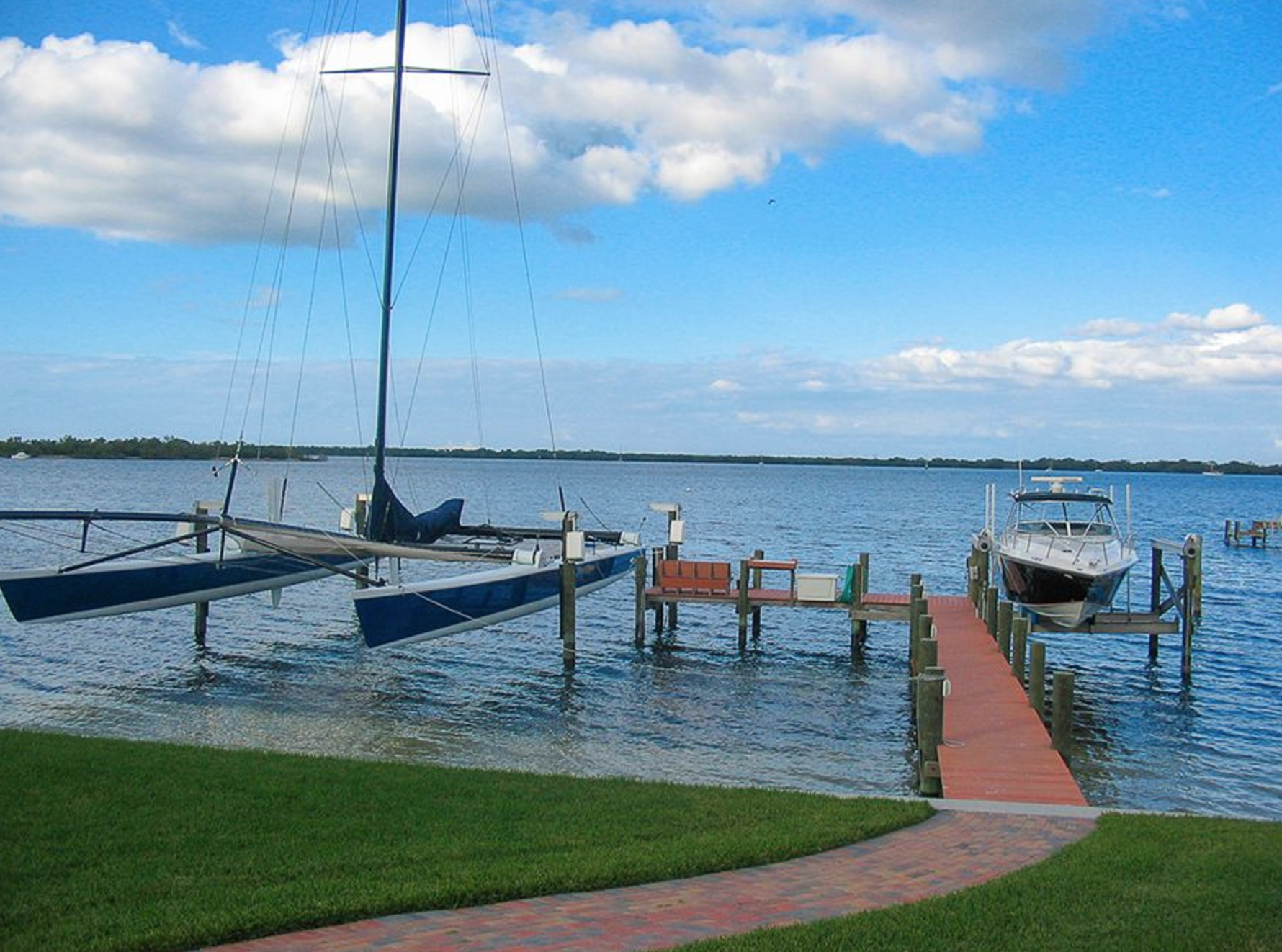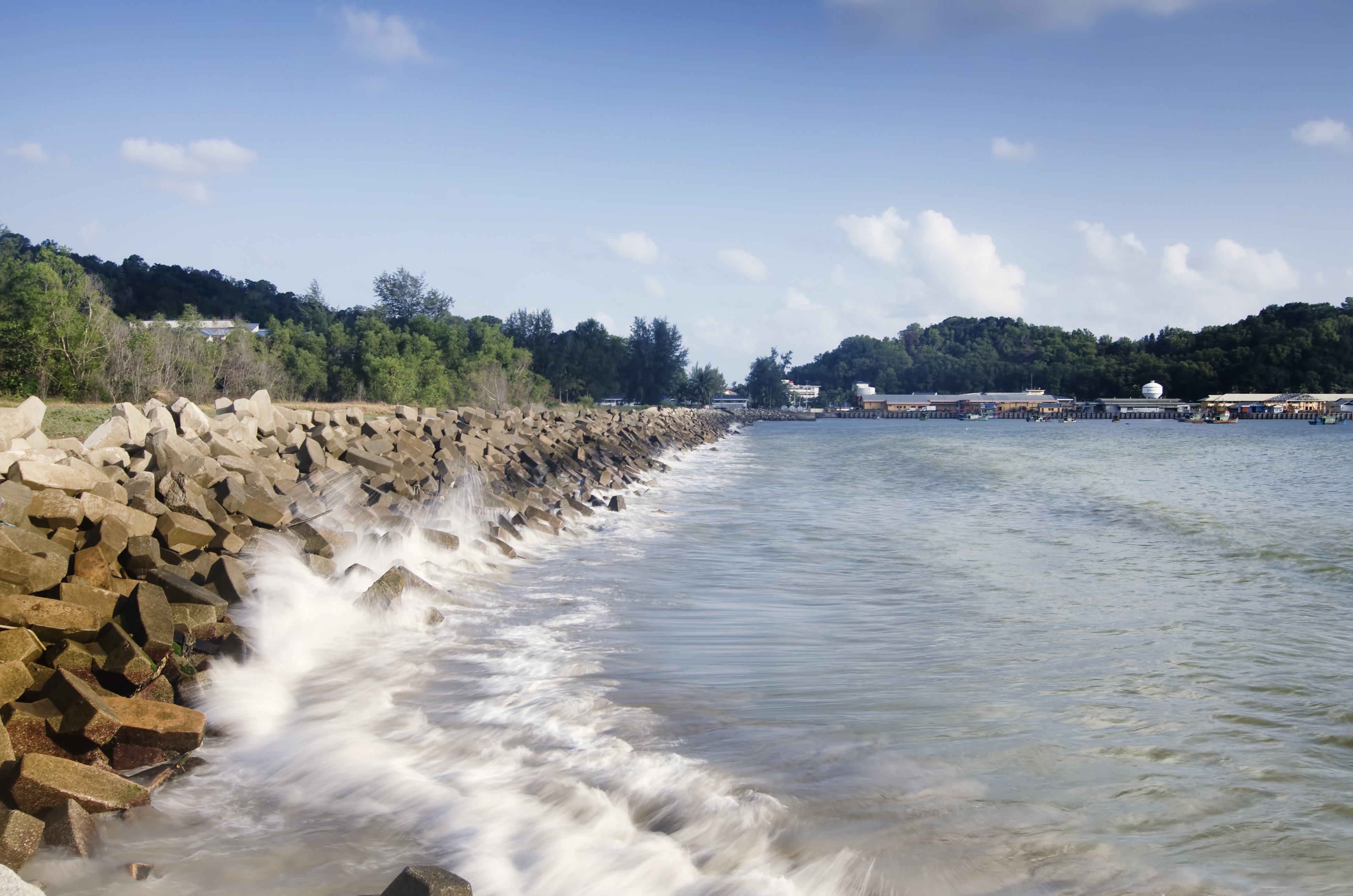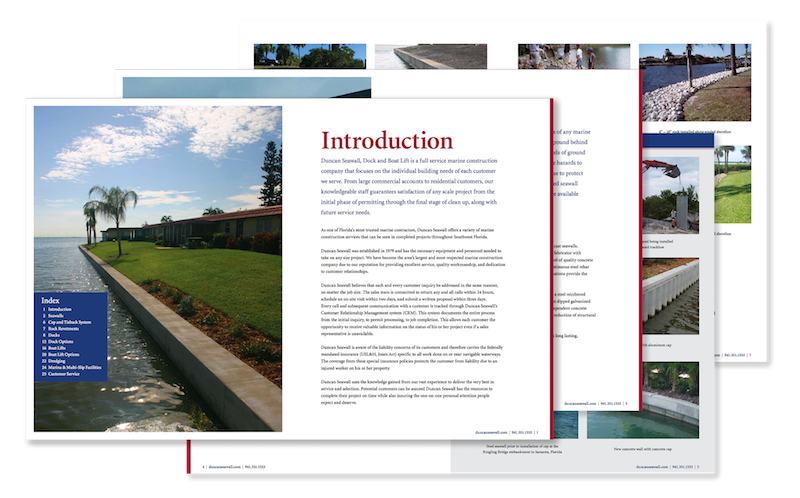Dredging is not something that typically crosses the minds of most individuals. However, if you are a proud owner of a boat dock, dredging may become a matter of importance. In that case, it is crucial to understand what dredging entails, its purpose, and the frequency at which it should be carried out.
Related Blog: Rock Revetment in Florida: Everything You Need to Know
What is Dredging?
Dredging is the act of removing sediment, silt, and other material from the bottom of a body of water. Rivers naturally bring sand and silt outwards into channels and harbors, and this sand and silt settles in the bottom, gradually making the water shallower. Docks on rivers may also collect some of this sediment as it is washed downstream. Ocean currents can also bring sand and silt to the shore, where it stays. This, in fact, is how beaches form and eventually this can turn into new land.
While the formation of beaches may be desirable in some cases, it is not ideal for harbors. Hence, dredging is necessary to prevent harbors from transforming into sandy beaches.
Another reason for dredging is because this sediment can carry with it pollutants and contaminants, which can then cause problems for fish and wildlife. In this case, the dredged material needs to be disposed of properly.
How is Dredging Done?
There are generally two primary methods of dredging that are commonly employed, and the choice between them is contingent upon various factors such as the characteristics of the sediment and the surrounding environment.
Mechanical dredging is done by using a track hoe or a dragline to pull sediment up from the bottom, and can be done either from the land or from a dredging barge. Meanwhile, hydraulic dredging uses pumping equipment to pull the sediment into a pipeline, typically using a barge. The sediment ends up as a kind of slurry. In a few cases you might use hydro-dynamic dredging, which re-suspends the sediment and allows it to be taken downstream; this is only used when the body of water downstream is larger.
Which kind of dredging you use depends on the situation. Mechanical dredging is typically used for large projects and for very heavy sediment, such as rocks. It is also used when the area is more easily accessed from land than water and in very shallow areas where removing water (which a hydraulic dredge does). However, it cannot operate very close to piers or beneath floating docks. Because of this, for most small dock projects, hydraulic dredging is preferred.
Dredged material can be disposed of in a variety of ways. Uncontaminated dredged material might be dumped deeper out in the water using a scow barge, used to stabilize a shoreline or improve a beach, used in wetlands enhancement or habitat development, or even contribute to a land creation project.

How Do You Get Your Dock Dredged?
Typically, you hire a contractor to do dredging. If you live on the waterfront where you and your neighbors have docks, it can be wise to coordinate dredging so you can hire one contractor to do it all at once.
The contractor will inspect the site and determine what method of dredging to use. If the area may be contaminated, they may take samples so that the dredged material can be disposed of properly. The service will include disposing of the dredged material. In many places you will need a dredging permit, so make sure to talk about that with the contractor. There is also typically a maximum dredge depth to protect wildlife.
How Often Should You Get Your Dock Dredged?
The frequency at which you should have your dock dredged depends on the amount of sediment that accumulates in the area. Dredging too frequently can disturb and potentially harm local wildlife, while dredging too infrequently puts your boat at risk of damage.
Typically, annual dredging is recommended, but if there is less sediment, you may be able to extend the time between dredging. It's important to have a conversation with your dredging contractor to determine the ideal frequency. When hiring a contractor, it's always advisable to choose someone with local knowledge, as they will be familiar with the specific dredging needs of similar docks in the area.
Dredging is a crucial part of maintaining your boat dock, so it should not be neglected. Make sure to hire a reputable dredging contractor and work closely with them to ensure that your dock remains functional, especially during low tide.



